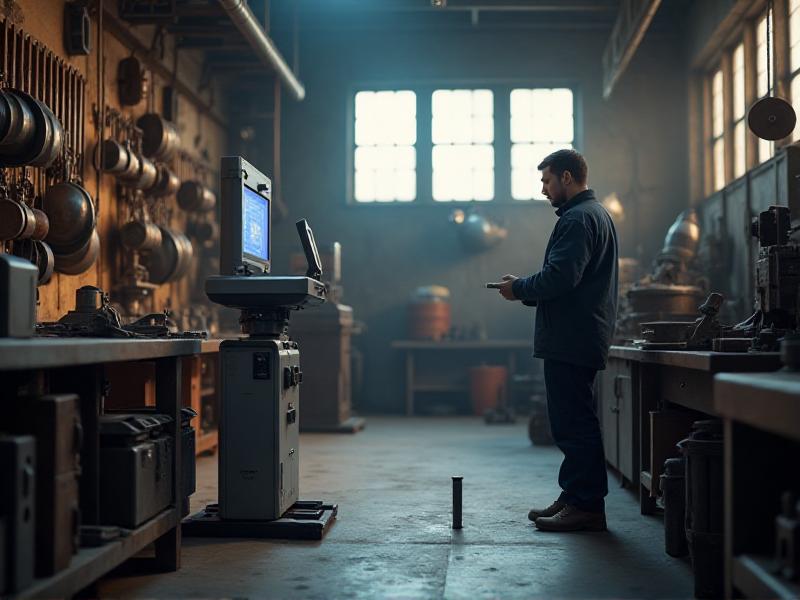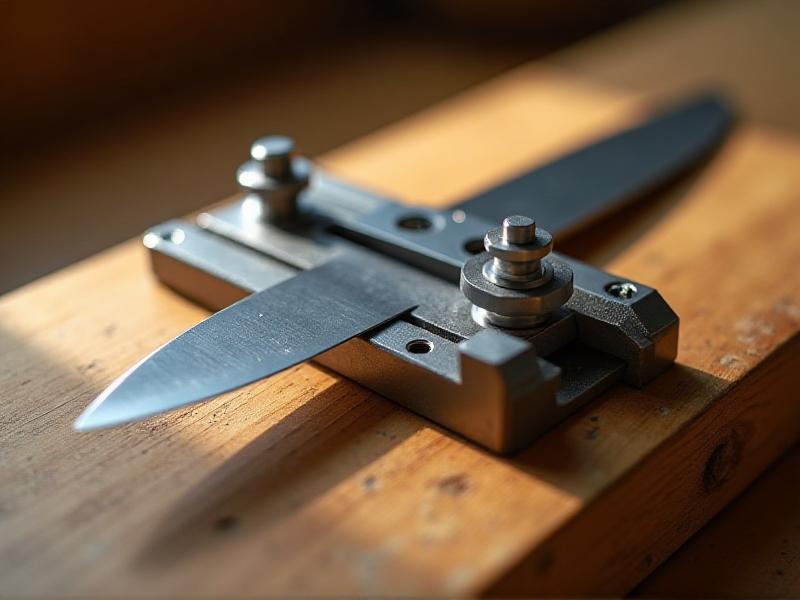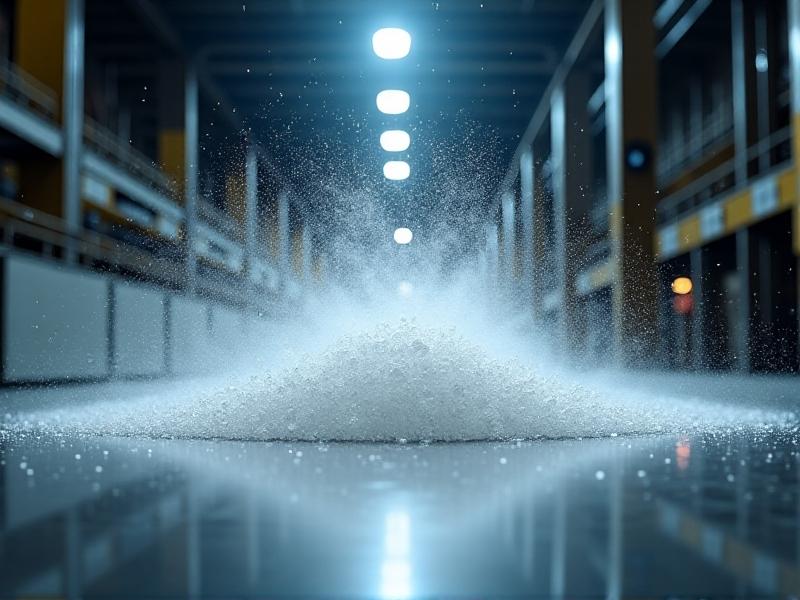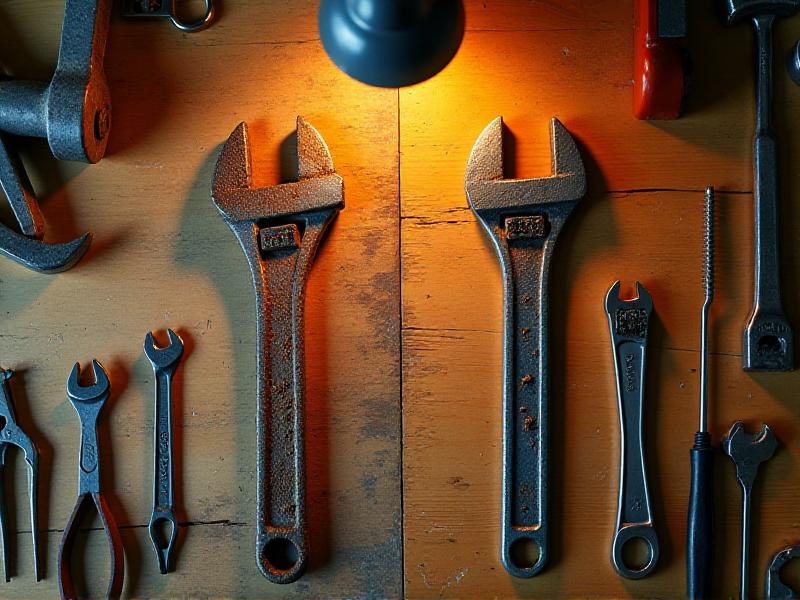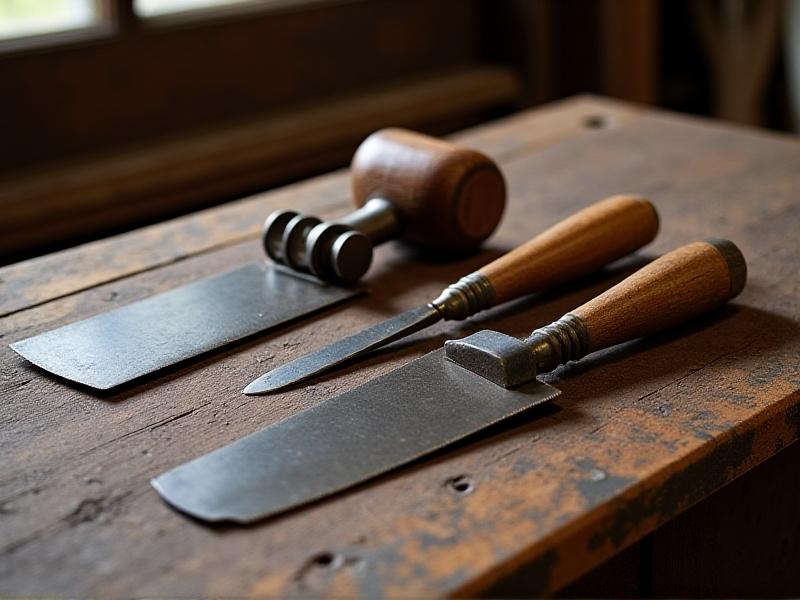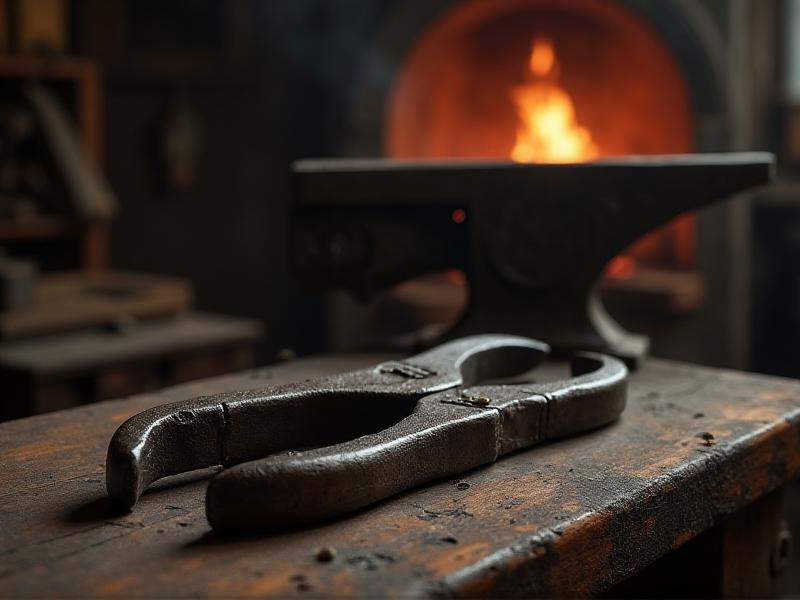Cast Steel vs. Wrought Iron Anvil Repair
The History and Evolution of Anvils
Anvils have been a cornerstone of blacksmithing for centuries, evolving from simple stone blocks to the sophisticated tools we see today. The earliest anvils were made from stone, used primarily for shaping metals like copper and bronze. As metallurgy advanced, so did the materials used for anvils. By the Middle Ages, wrought iron became the material of choice due to its durability and malleability. However, the Industrial Revolution brought about a significant shift with the introduction of cast steel anvils, which offered greater hardness and resistance to wear.
The transition from wrought iron to cast steel marked a turning point in the history of anvils. Wrought iron anvils were crafted by hand, often by skilled blacksmiths who would forge and weld multiple pieces together. This process, while labor-intensive, resulted in anvils that were highly durable and could withstand repeated hammer blows. On the other hand, cast steel anvils were produced using molds, allowing for more consistent shapes and sizes. This method also enabled the incorporation of harder steel alloys, which significantly improved the anvil's performance.
Today, both cast steel and wrought iron anvils are still in use, each with its own set of advantages and disadvantages. Understanding the history and evolution of these tools is crucial for anyone involved in anvil repair, as it provides insight into the materials and techniques that have shaped their development.
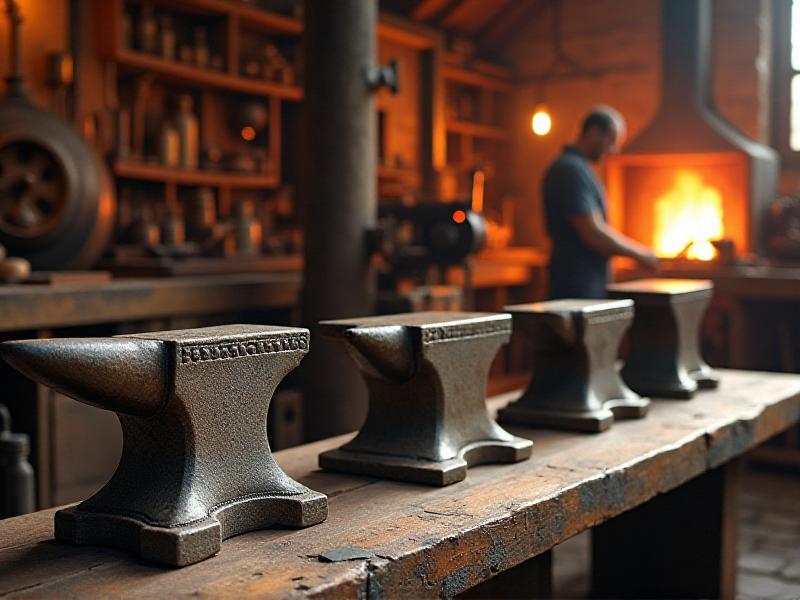
Understanding the Materials: Cast Steel vs. Wrought Iron
When it comes to anvil repair, understanding the materials is essential. Cast steel and wrought iron have distinct properties that affect their performance, durability, and repair methods. Cast steel anvils are made by pouring molten steel into molds, resulting in a dense, hard surface that can withstand heavy use. The steel used in these anvils often contains alloys like chromium or vanadium, which enhance its hardness and resistance to deformation. This makes cast steel anvils ideal for heavy-duty tasks, such as forging large pieces of metal.
Wrought iron anvils, on the other hand, are made from iron that has been heated and worked by hand. This process removes impurities and creates a fibrous structure that gives wrought iron its characteristic toughness and flexibility. While wrought iron is not as hard as cast steel, it is more resistant to cracking and can absorb shocks better. This makes wrought iron anvils suitable for tasks that require precision and control, such as shaping delicate metal pieces.
Both materials have their strengths and weaknesses, and the choice between them often depends on the specific needs of the blacksmith. For example, a blacksmith who works with large, heavy metals might prefer a cast steel anvil for its durability, while one who specializes in intricate designs might opt for a wrought iron anvil for its flexibility. Understanding these differences is crucial for effective anvil repair, as it informs the techniques and materials used in the process.
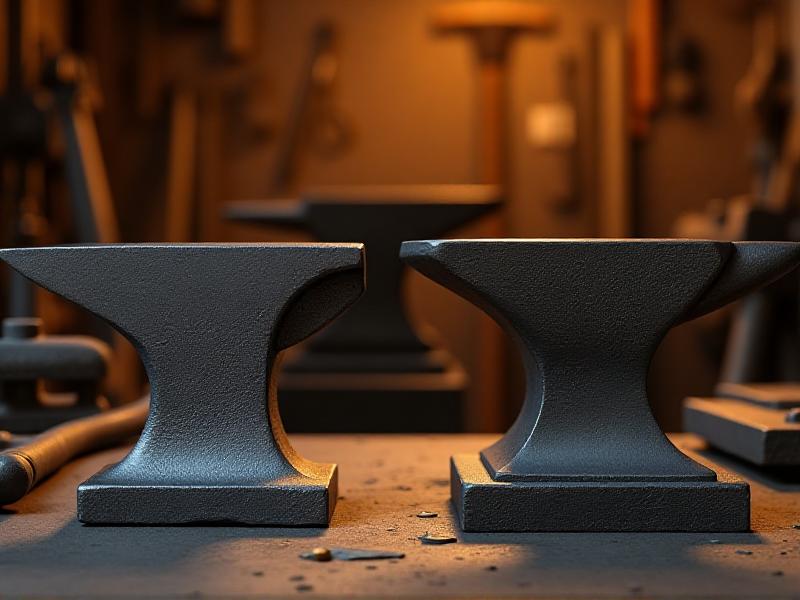
Common Issues in Anvil Repair
Anvils, like any tool, are subject to wear and tear over time. Common issues that require repair include chipping, cracking, and deformation. Chipping often occurs on the edges or corners of the anvil, where the metal is most vulnerable to impact. This can be particularly problematic for cast steel anvils, as the hard surface is more prone to chipping than the softer wrought iron. Cracking, on the other hand, is more common in wrought iron anvils, especially if they have been subjected to repeated stress or improper use.
Deformation is another issue that can affect both cast steel and wrought iron anvils. Over time, the repeated hammering can cause the anvil's surface to become uneven, which can affect its performance. In cast steel anvils, this can manifest as a depression or "dishing" in the center of the anvil, while in wrought iron anvils, it can result in a warped or bent shape. Both issues can be addressed through careful repair, but the methods used will vary depending on the material and the extent of the damage.
Understanding these common issues is the first step in effective anvil repair. By identifying the problem and its underlying cause, a blacksmith can choose the appropriate repair technique and ensure that the anvil is restored to its optimal condition. Whether it's filling in chips, welding cracks, or reshaping the surface, each repair method requires a thorough understanding of the material and the tools involved.
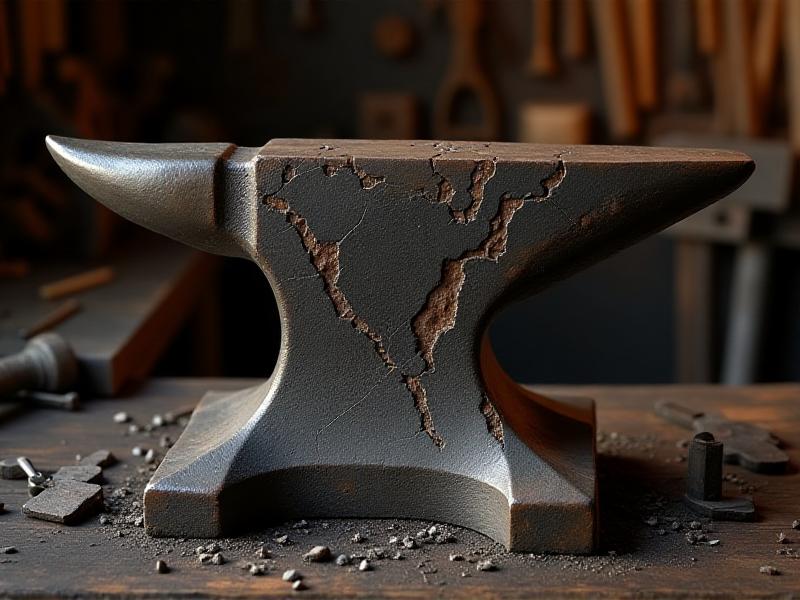
Repair Techniques for Cast Steel Anvils
Repairing a cast steel anvil requires a different approach than repairing a wrought iron anvil due to the material's hardness and brittleness. One common technique for repairing chips or cracks in a cast steel anvil is welding. However, welding cast steel can be challenging, as the material is prone to cracking if not done correctly. To minimize this risk, it's important to preheat the anvil before welding and to use a low-hydrogen welding rod, which reduces the likelihood of hydrogen-induced cracking.
Another technique for repairing cast steel anvils is surface grinding. This method is used to remove any deformations or unevenness on the anvil's surface, restoring it to a flat, smooth state. Surface grinding requires specialized equipment, such as a grinding wheel or belt sander, and should be done carefully to avoid removing too much material. In some cases, a combination of welding and grinding may be necessary to achieve the desired result.
For more extensive damage, such as large cracks or missing pieces, a process called "build-up welding" can be used. This involves layering weld material onto the damaged area until it is restored to its original shape. Once the welding is complete, the anvil is ground down to ensure a smooth, even surface. This technique requires a high level of skill and precision, as any mistakes can compromise the anvil's integrity and performance.
Repair Techniques for Wrought Iron Anvils
Repairing a wrought iron anvil involves different techniques than those used for cast steel, primarily due to the material's softer and more malleable nature. One common method for repairing chips or cracks in a wrought iron anvil is forge welding. This process involves heating the damaged area until it is malleable and then hammering it back into shape. Forge welding requires a high level of skill and precision, as the heat must be carefully controlled to avoid damaging the surrounding metal.
Another technique for repairing wrought iron anvils is cold forging. This method is used to reshape the anvil without the need for heat, making it ideal for minor deformations or unevenness. Cold forging involves using a hammer and anvil to gradually reshape the metal, taking care to avoid overworking the material. This technique is less invasive than forge welding and can be done with basic tools, making it a popular choice for small repairs.
For more extensive damage, such as large cracks or missing pieces, a process called "scarf welding" can be used. This involves cutting out the damaged area and replacing it with a new piece of wrought iron, which is then welded into place. Once the welding is complete, the anvil is hammered and shaped to ensure a smooth, even surface. This technique requires a high level of skill and precision, as any mistakes can compromise the anvil's integrity and performance.
Maintenance Tips for Longevity
Proper maintenance is key to ensuring the longevity of an anvil, regardless of whether it's made from cast steel or wrought iron. One of the most important maintenance tasks is keeping the anvil clean and free of debris. Metal shavings, dirt, and other contaminants can accumulate on the anvil's surface, leading to corrosion and other issues. Regularly cleaning the anvil with a wire brush and wiping it down with a cloth can help prevent this buildup and keep the surface in good condition.
Another important maintenance task is inspecting the anvil for signs of wear and damage. Regularly checking the anvil for chips, cracks, or deformations can help identify issues early, before they become more serious. If any damage is found, it's important to address it promptly to prevent further deterioration. This may involve repairing the damage or, in some cases, replacing the anvil altogether.
Finally, it's important to store the anvil properly when it's not in use. Keeping the anvil in a dry, climate-controlled environment can help prevent rust and other forms of corrosion. Additionally, covering the anvil with a protective cloth or tarp can help keep it clean and free of dust. By following these maintenance tips, blacksmiths can ensure that their anvils remain in good condition for years to come.
Choosing the Right Anvil for Your Needs
Choosing the right anvil is a critical decision for any blacksmith, as it can significantly impact the quality and efficiency of their work. When selecting an anvil, it's important to consider the type of work you'll be doing, as well as the material and size of the anvil. For heavy-duty tasks, such as forging large pieces of metal, a cast steel anvil may be the best choice due to its hardness and durability. On the other hand, for more delicate work, such as shaping intricate designs, a wrought iron anvil may be more suitable due to its flexibility and shock absorption.
Another important factor to consider is the size and weight of the anvil. Larger, heavier anvils provide more stability and can handle heavier work, but they may be more difficult to move and store. Smaller, lighter anvils are more portable and easier to handle, but they may not be as stable or durable. It's important to choose an anvil that is the right size and weight for your specific needs and workspace.
Finally, it's important to consider the quality and craftsmanship of the anvil. A well-made anvil, whether cast steel or wrought iron, will last longer and perform better than a poorly made one. When selecting an anvil, it's worth investing in a high-quality tool from a reputable manufacturer, as this will ensure that you get the best performance and longevity from your anvil.
